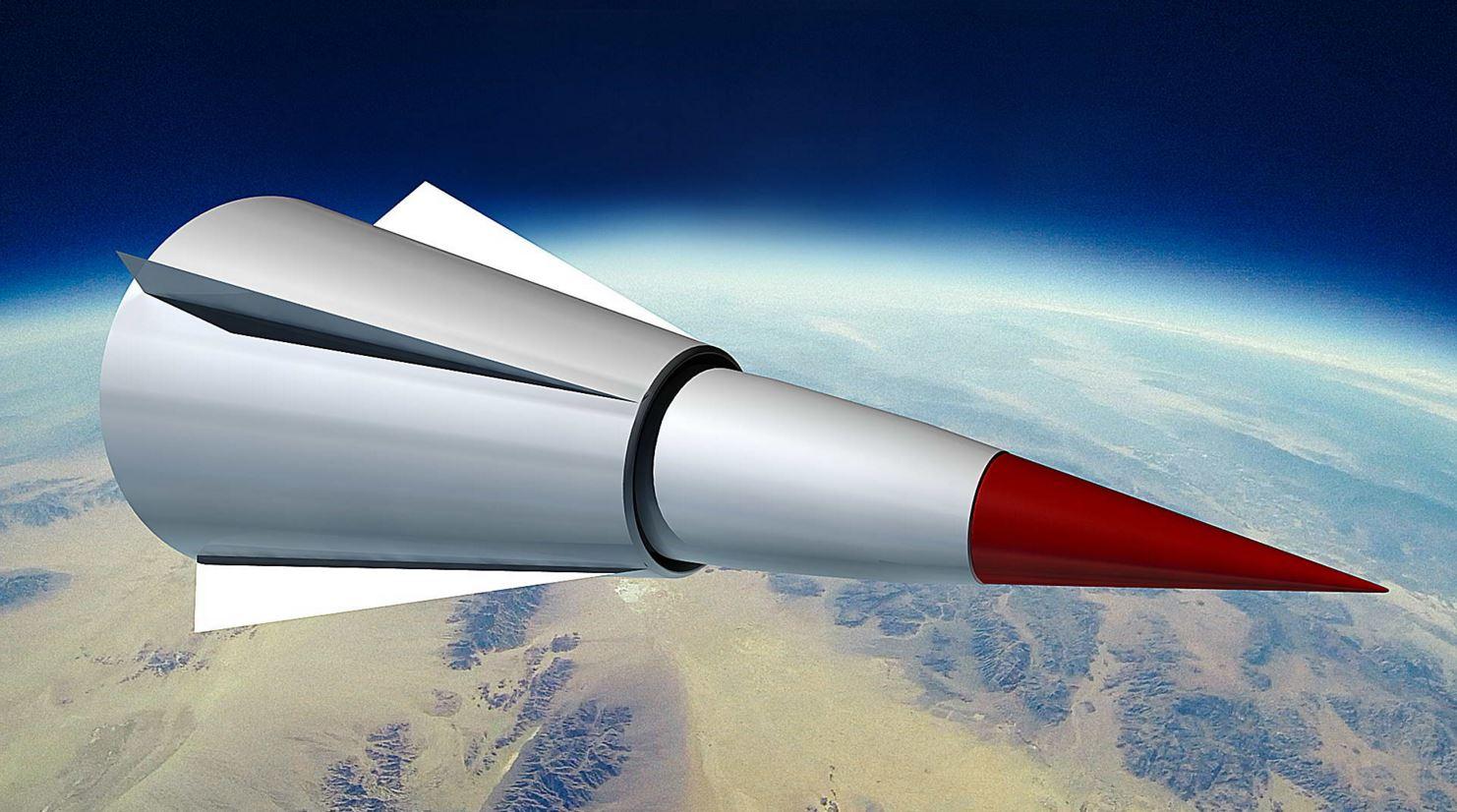
The Regional Glide Phase Weapon System (RGPWS)—a concept for an interceptor against a hypersonic glide vehicle (HGV)—will be initially constrained to a ship launch application with a Mk. 41 vertical launch system, Missile Defense Agency (MDA) Director Vice Adm. Jon Hill said March 4.
The previously undisclosed design constraint for RGPWS represents the U.S. Navy’s common tube shared by several ship-launched ballistic and cruise missiles, allowing the MDA to “proliferate that capability” rapidly across the fleet, Hill said, speaking at the McAleese Defense Programs Conference in Washington.
MDA plans to expand the RGPWS later to airborne- and land-launched applications, Hill said.
Aerospace DAILY first reported the existence of the RGPWS program in December. The new interceptor program emerged as Russia and China field new HGVs designed to evade the Ballistic Missile Defense System and regional defenses by flying beneath and around sensors and interceptor sites.
MDA has disclosed plans to field the weapon in the mid- to late-2020s. The idea is that HGVs, though fast and maneuverable, are most vulnerable during the glide phase, so the RGPWS will be designed to intercept them long before they approach their targets and enter a final dive.
A prerequisite for the RGPWS is a new sensor system that can detect launches of HGVs deep within enemy territory and cue land- and sea-based sensors for tracking. MDA is working with the Space Development Agency to field the Hypersonic and Ballistic Tracking Sensor System within three years.






Comments